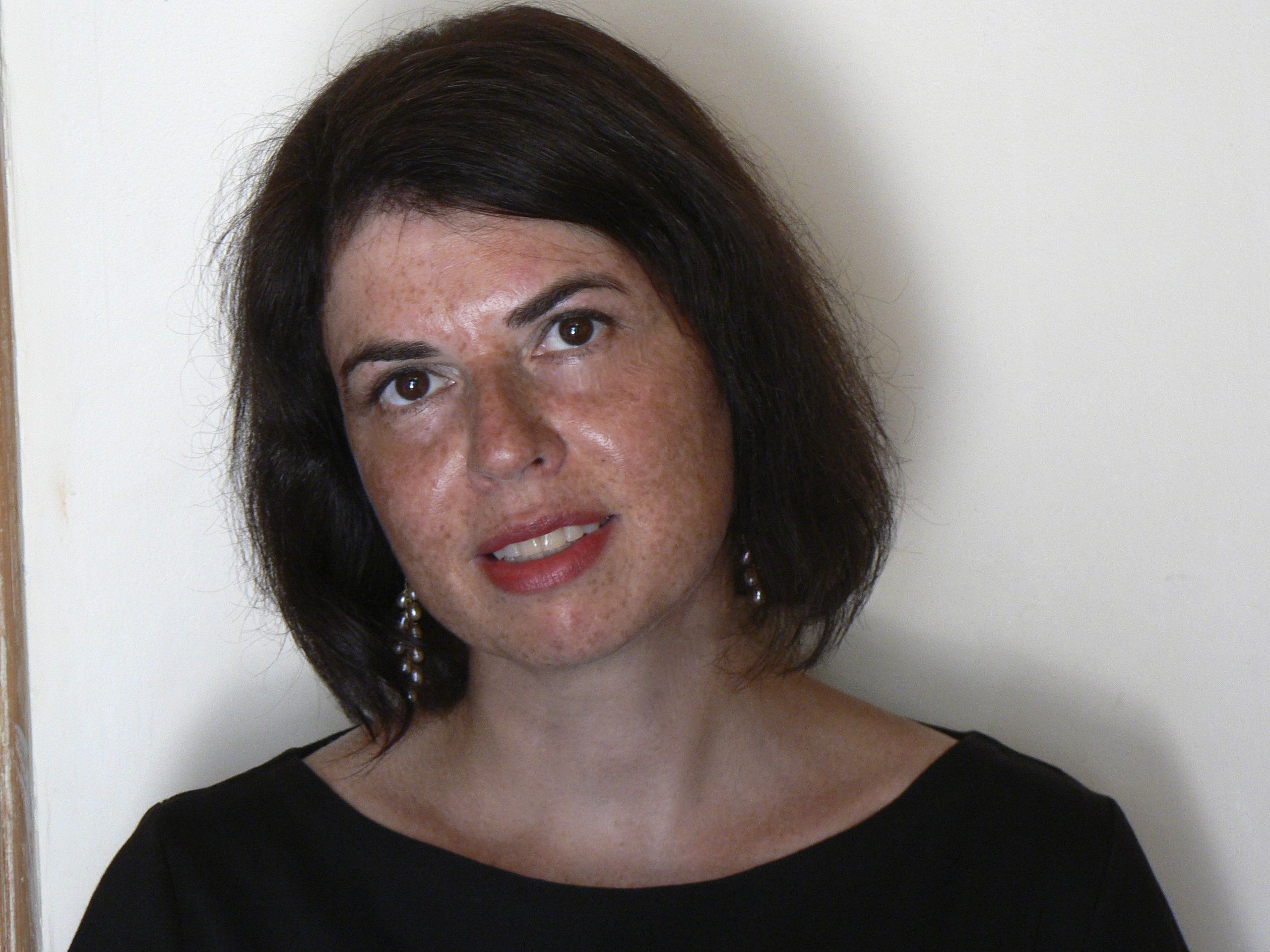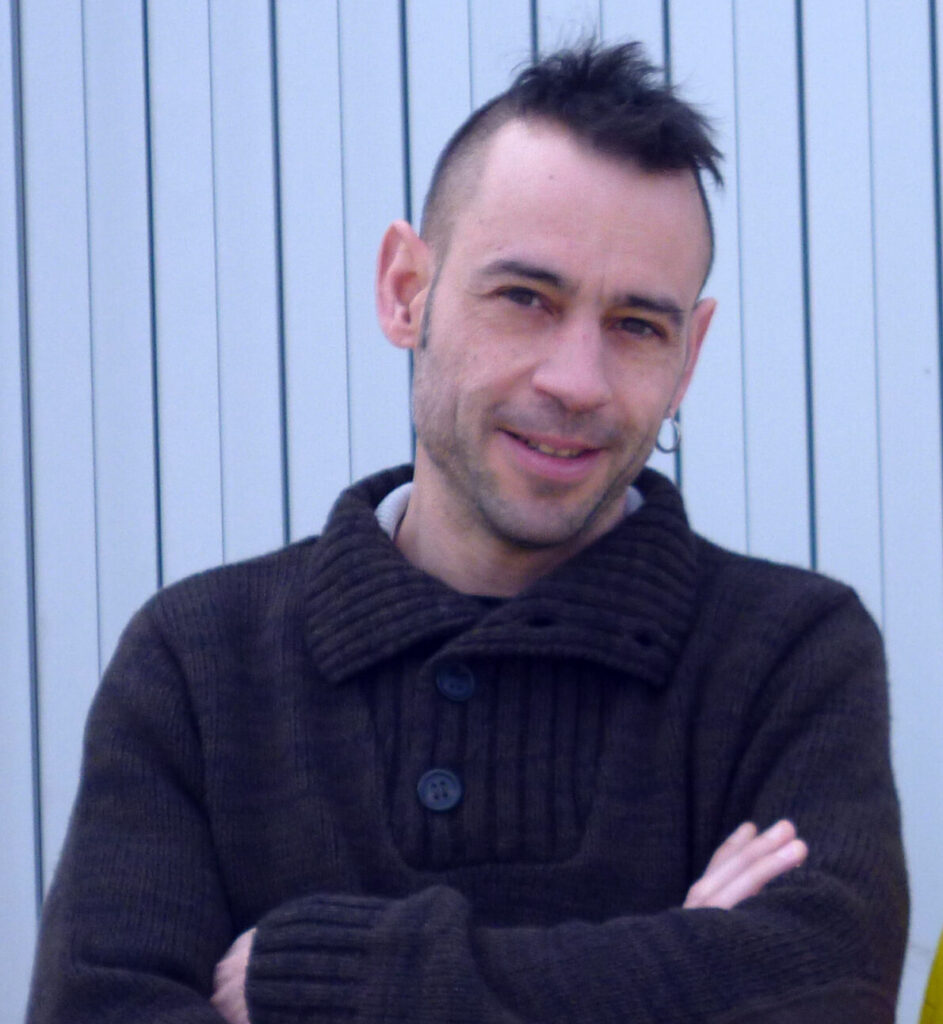In this interview, Nicolas Rieucau, in charge of the Condorcet inventory, answers Culture Media Lab’s questions about this project that brings together researchers from many disciplines to better understand the life, work and times of the great intellectual of the Enlightenment.
What is the Condorcet Inventory project and what is its origin?
This project dates back to the beginning of the 1990s, to the bicentenary of the French Revolution and the bicentenary of Condorcet’s death in 1994. A multidisciplinary team – the Groupe Condorcet – was formed at that time to work on his work, to publish his manuscripts, but also to distribute his correspondence. It was at this time that the idea of establishing an inventory was sketched out. The Groupe Condorcet published many papers and organized numerous conferences before interrupting its activities in the early 2000s. I resumed this project in 2009, founding the Condorcet Inventory team.
What is the purpose of an inventory?
An inventory is a prerequisite for the critical and commented edition of a work or a series of documents. The active correspondance (composed of letters written by the author) is particularly dispersed. It is therefore necessary to search for the letters, in France or abroad. Another task consists in dating them (because Condorcet did not date his letters very much), then sometimes in identifying the recipients. There is thus a whole work of prospection, dating and identification to develop, even before undertaking the scientific edition as such. At present, we concentrate especially on the inventory of the manuscripts of Condorcet.
In this work, what role does the partnership with Université de Nanterre and the students play?
The particularity of our approach is to give great importance to the writing support, to the material support, and in particular to the watermarks for reasons of dating or identification. For example, Condorcet sometimes used “papier picard”, which allows us to identify periods and places of writing. On our site, a page is specifically devoted to papers and watermarks.
It’s a very demanding endeavour!
This is indeed a long-term project. I have worked a lot with researchers specialized in the history of science, and working together is a very common practice in this discipline. The task is even greater in this case because Condorcet has long been a rather neglected author. As I mentioned, systematic research on him, in a multidisciplinary dimension, only dates from the end of the 20th century. This multidisciplinary dimension is necessary because Condorcet was at the same time a scientist, a philosopher, an economist and a politician.
Liens
Visit the website of the Condorcet Inventory.
Mots-clés
Last news





